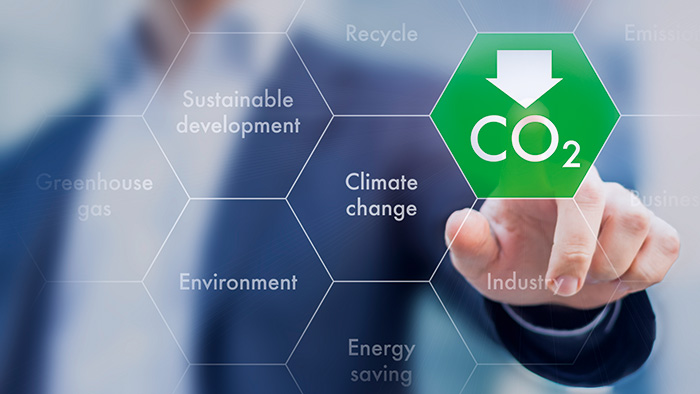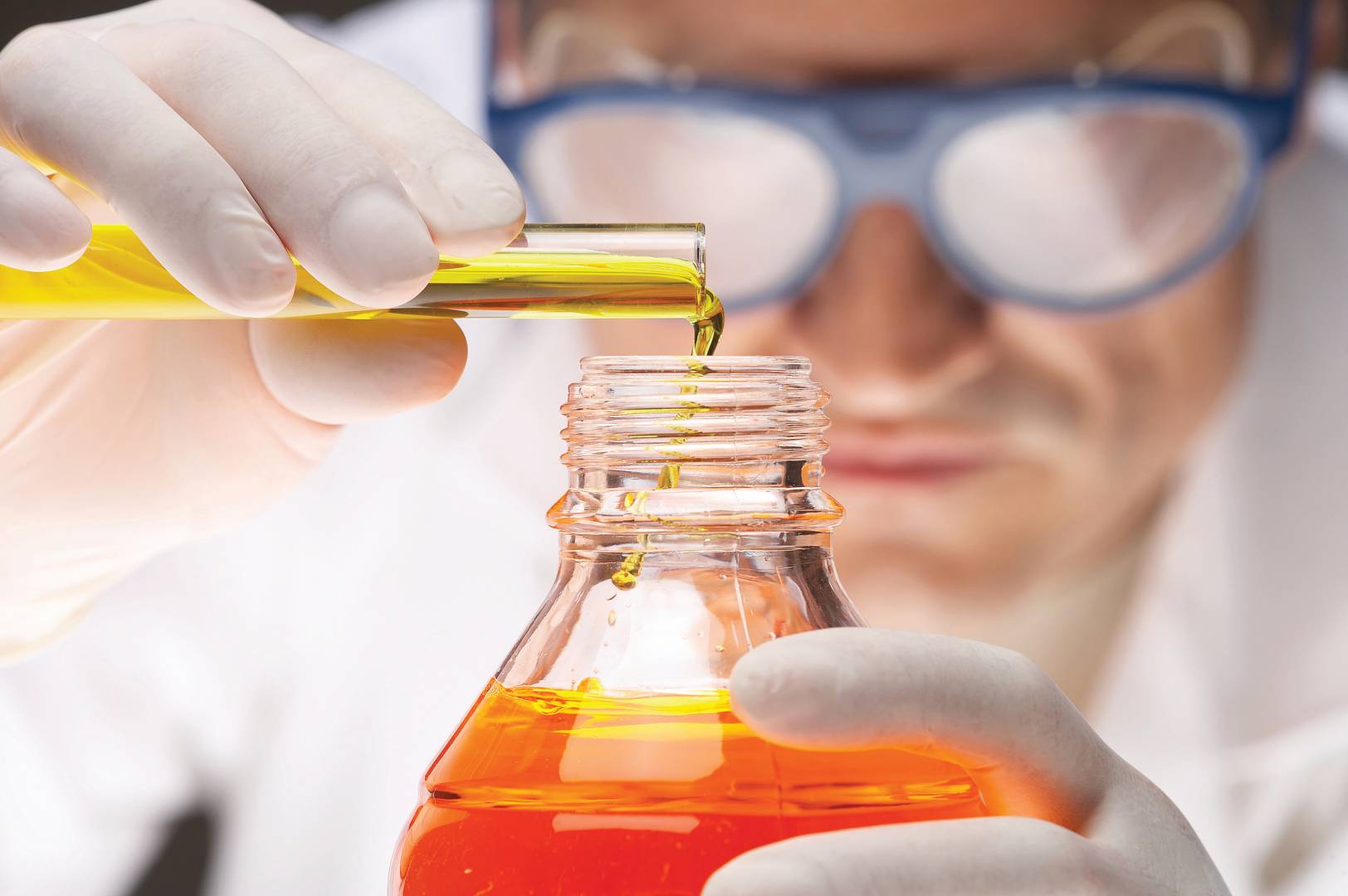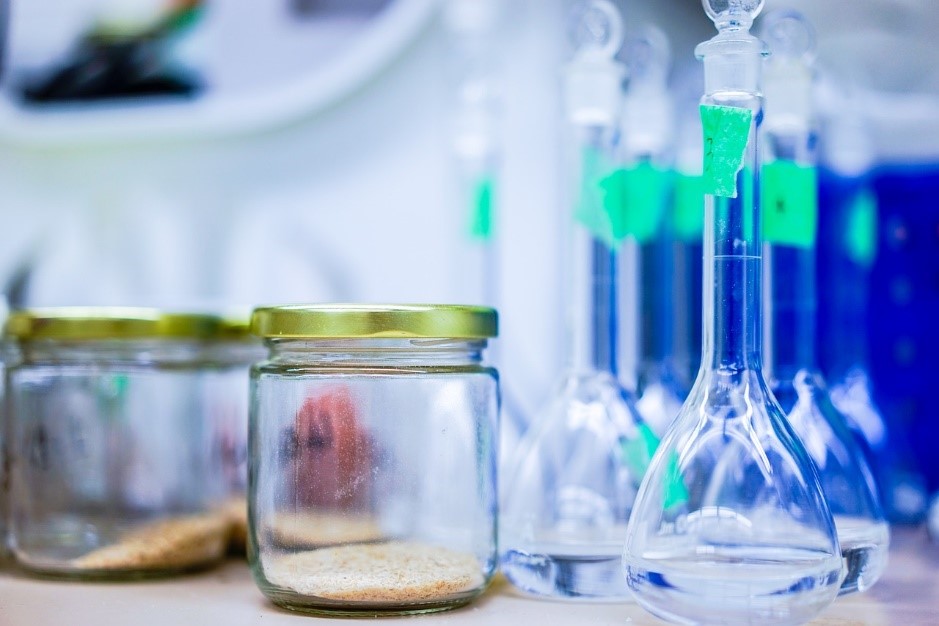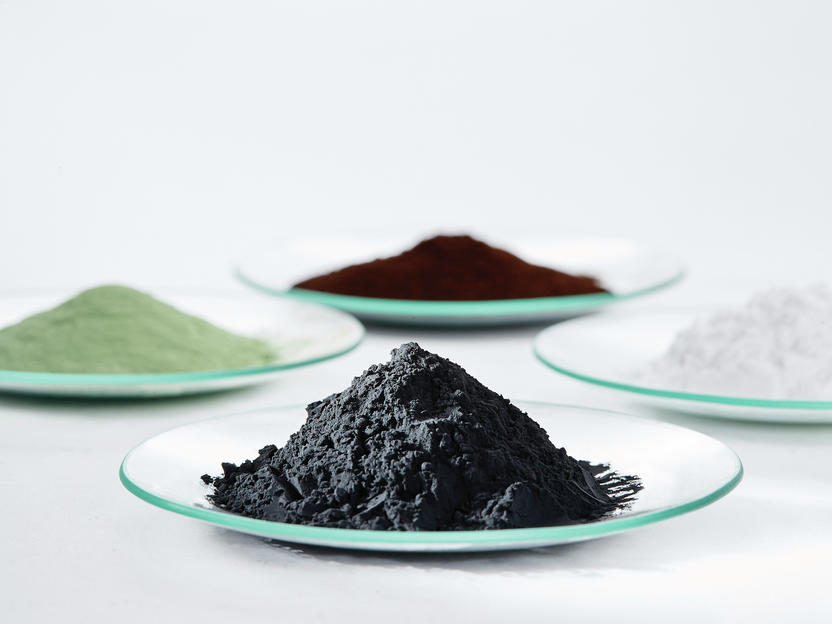Synthetic Biology Applications to Boost Sustainability Goals
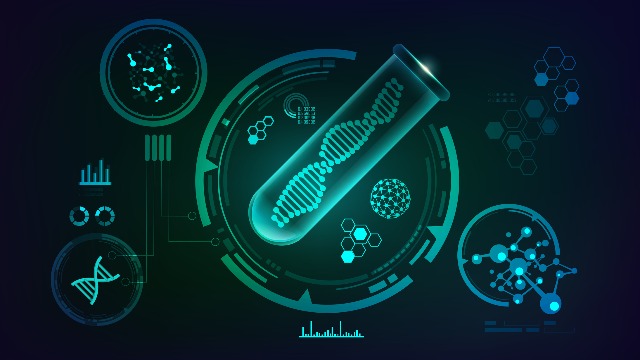
“Synthetic biology advances have the potential to create new goods, materials, and services that will help the United Nations achieve its Sustainable Development Goals by 2030. To ensure that these benefits are available to everyone, support for synthetic biology programmes in underdeveloped nations is required.”
Sustainability is fashionable, with companies and towns competing to improve their public image by producing goods and services from renewable resources. Despite this, cities continue to grow tremendously, and carbon emissions continue to rise. Global CO2 emissions are increasing practically every year (about 36 billion tonnes in 2014), with solid and liquid fuels accounting for the majority of them.
For decades, scientists and economists have advocated scientific and economic strategies to reduce these emissions, with some success. However, 21st-century issues demand 21st-century solutions, and corporations — the primary source of carbon emissions — are rarely prepared to sacrifice revenues to promote sustainability.
Fortunately, synthetic biology — an engineering approach to biology that produces and uses tools to design and build functionalities in cells — provides a way to execute cost-effective manufacturing processes that produce materials, fuels, and chemicals that are superior to currently available products.
The solution lies in the engineering and adaptation of genetically engineered organisms.
The next Industrial Revolution will be based on synthetic biology.
Engineered cells began processing and recording information, performing complicated actions (such as counting and generating patterns), and turning low-cost starting materials into lucrative molecules and medications in the years that followed.
While synthetic biology has gone a long way in the previous two decades, its true test, industrial-scale manufacture for a circular and sustainable economy, is still in its early stages.
Profitably feeding creatures
Microbes have been used by humans for thousands of years. Bacteria and yeast have long produced delectable foods such as bread, wine, beer, and cheese by providing them with simple sugars.
Synthetic biologists, on the other hand, are rerouting these organisms' metabolic pathways to eat carbon waste, such as carbon dioxide and methane, rather than sugar. The cells may still generate a variety of goods by changing their food supply, but with less waste and expenditure.
Some industrial towns, primarily in Asia, have already begun to collect carbon dioxide and methane waste from industries and use it as a feedstock for the production of a variety of commercial goods.
Engineered microbe’s breakdown bioplastics, including the vexing PET. Nitrogen-producing microbes are even being employed as a synthetic fertiliser to minimise our reliance on ammonia, which is energy-intensive and wasteful to generate.
Living cells will increasingly be employed to generate items at industrial scales as our capacity to consistently and quickly engineer organisms increases. Synthetic biology solutions can be used to address existing issues in sustainable fuel production, waste and carbon emissions recycling, crop yield improvement, and the creation of high-nutrient foods in various sectors of towns and towns.
These applications will be beneficial regardless of where human civilizations emerge, and the same technology that help us survive on Earth will also help us survive in space.
The circular economy is already being impacted by industrial synthetic biology.
If cells can be manipulated to convert carbon to fuels and medication, waste products — such as the billions of tonnes created each year — can be designed to do the same. However, plausibility rarely leads to long-term outcomes. Take, for example, the city of Chicago.
Chicago population and activities produced 32 million metric tonnes of carbon dioxide in 2015. (PDF). Reducing these astronomically high emissions is no easy task, and no single technology is likely to provide a complete solution. Synthetic biology, on the other hand, has the potential to make cities like Chicago more sustainable by turning carbon emissions into useful resources.
Molecules that would otherwise be made from petroleum are created.
In this area, you'll find commercially accessible and soon-to-be-commercialized organisms created using synthetic biology techniques. The organisms themselves are kept in closed industrial environments. Companies have begun to alter metabolic pathways in microorganisms and microalgae to make fuels like biodiesel and isobutanol. Solazyme sold approximately 80,000 litres of algal-derived marine diesel and jet fuel to the US Navy in 2010, and the company has an ongoing marine fuel contract with the US Department of Defense.
Natural-occurring compound production
In this area, you'll find commercially accessible and soon-to-be-commercialized organisms created using synthetic biology techniques. The
The organisms themselves are designed to be kept in controlled industrial environments. Because naturally-occurring products are expensive to make via standard chemical synthesis and/or need relatively large quantities of their natural source, synthetic biology is being investigated as an alternate source of such products.
Synthetic biology organisms are used in industrial and pharmaceutical applications.
Synthetic biology is being utilised to try to build cheaper and more efficient industrial production processes, which could result in energy savings, fewer toxic waste products, and less chemical processing. Synthetic biology-modified enzymes are being investigated and exploited in the manufacturing of medicines and biofuels.
Synthetic biology-derived microorganisms that are commercially available
Organisms created by synthetic biology processes are for sale in this category. Synthetic biology microorganisms are mostly promoted for their ability to manufacture specific desired compounds, and hence appear to be intended for limited industrial applications. New businesses are launching “made-to-order” microbes, which are created in part using synthetic biology.
Synthetic biology approaches have resulted in commercially viable multicellular creatures.
Multicellular creatures created using synthetic biology techniques are being developed for commercial distribution in this category. There does not appear to be any multicellular organisms on the market right now. The potential uses in this category are designed for release into the environment. Agricultural crops with genes changed using synthetic biology technologies are being developed as biofuel feedstock.
Applications in the environment
Another field of synthetic biology study is environmental applications, the majority of which would necessitate the release of organisms created by synthetic biology processes into the environment or their controlled use outside of the laboratory. Scientists expect to use engineered microbial consortia to improve mining metal recovery and aid in acid mine drainage bioremediation, in part utilising synthetic biology methods.
If synthetic biology succeeds in making bacteria that are resilient enough to be released into the environment, such bacteria may create serious biosafety concerns, depending on their ability to live and persist, as well as their ability to interact with their immediate surroundings and cause harm. Some of these microorganisms may provide considerable difficulties to the current risk assessment methods used by regulatory systems.
Applications to change the population of wildlife
Synthetic biology techniques are being investigated for their potential to change wildlife populations for conservation, health, and agricultural reasons. Such prospective applications of synthetic biology could have a favourable impact on human, wildlife, and environmental health. De-extinction, according to some conservationists, will have both direct and indirect ecological advantages. Restoration of keystone species like woolly mammoths, according to Stewart Brand, president of the Long Now Foundation, will help restore biological richness while also serving as a flagship species to motivate ecosystem protection.
Major Market Highlights:
- LanzaTech is an industrial-scale synthetic biology startup that uses engineered organisms to capture carbon waste and convert it to transportation fuel. Last year, it launched its first industrial facility outside of Beijing, which collects emissions from a steel mill and produces over 16 million gallons of ethanol per year. Soon, the company will add four more plants, resulting in annual emissions reductions equivalent to eliminating hundreds of thousands of automobiles from the road.
- DuPont's Industrial Biosciences division is likewise actively moving its R&D toward synthetic biology solutions that can alleviate troublesome chemical production challenges. It already has big, active research programmes in place to reduce food waste, develop renewable fuels, and develop biomaterials with market-driven solutions based on genetically modified organisms.
- Pivot Bio, situated in Berkeley, California, recently reported the invention of a nitrogen-producing microbe that can be used instead of synthetic fertilisers. Ammonia production is both energy-intensive and wasteful, releasing millions of tonnes of CO2 into the environment each year. Without affecting crop productivity, Pivot Bio's modified strain will lessen the agriculture industry's dependency on synthetic fertilisers.
Perspectives for a bio-based solution in the future
Imagination is not the same as execution. Despite synthetic biology's extraordinary advancements over the last two decades, mainstream public acceptance has remained elusive. Gene editing continues to make headlines, which isn't always a good thing. Genetically modified (GM) crops continue to face strong opposition. Despite the broad adoption of GM foods in agriculture over the previous several decades, nearly half of people who have "heard a lot" about them perceive them as health concerns.
While synthetic biology has received less media attention than genetically modified foods, accurate and timely information will be critical in changing public acceptance, especially as created organisms produce more medications and other consumables. Since 1978, synthetic E. coli has been used to create human insulin with little public response, but future pharmaceuticals, clothing lines, and fuels made via synthetic biology may not be as well received.
While the concept of a circular economy has been around for a long time, it has only lately become completely implementable. Synthetic biology, along with economic incentives and political clout, will lead cities and economies on Earth and in space toward their inescapable fates in the next stage of the battle.


